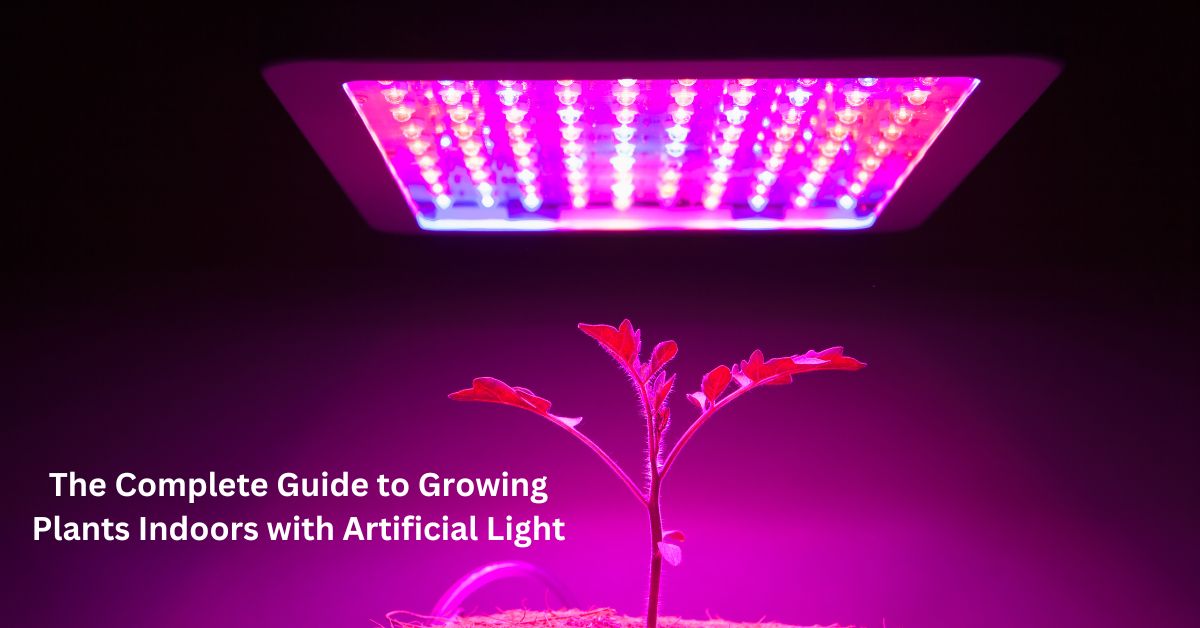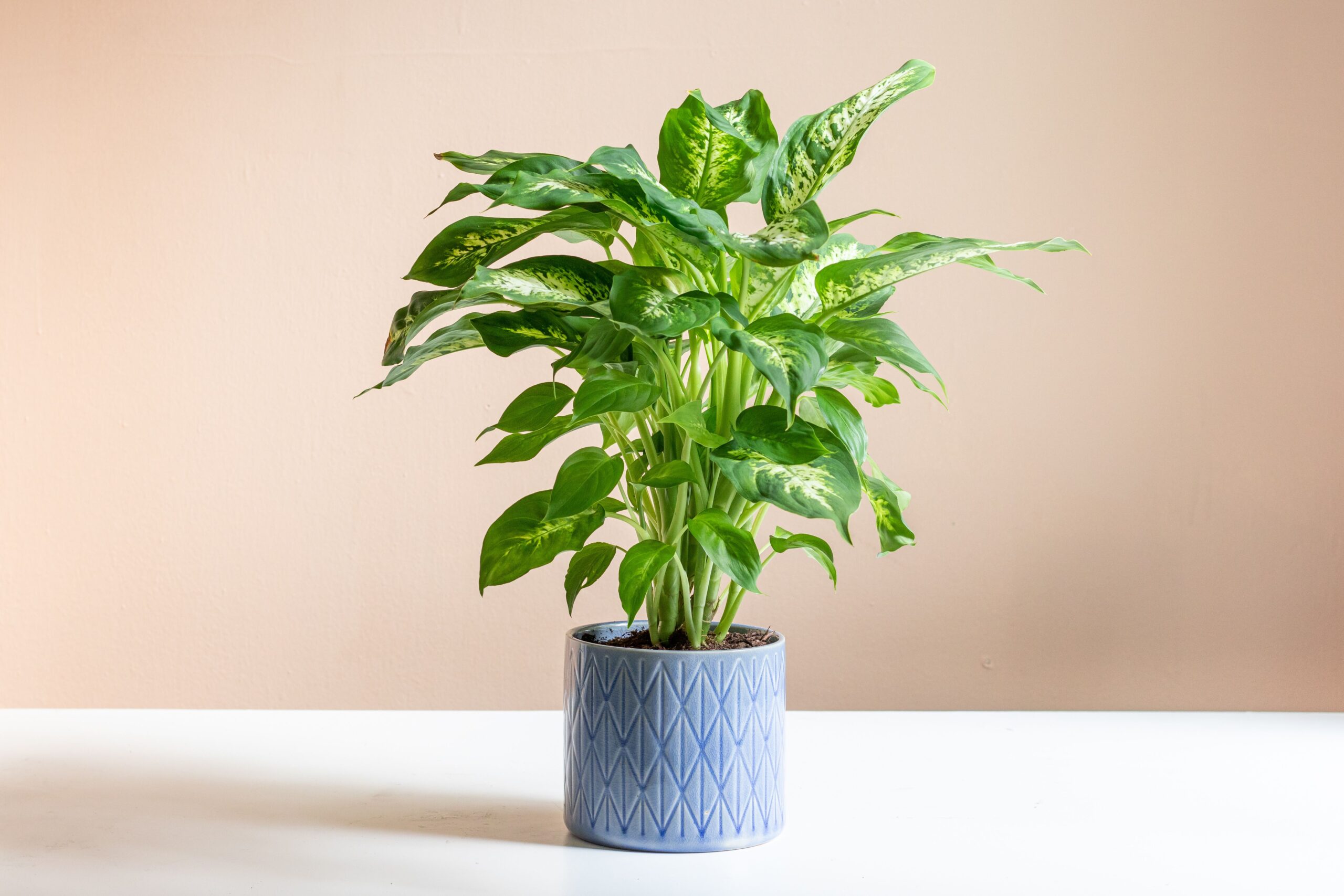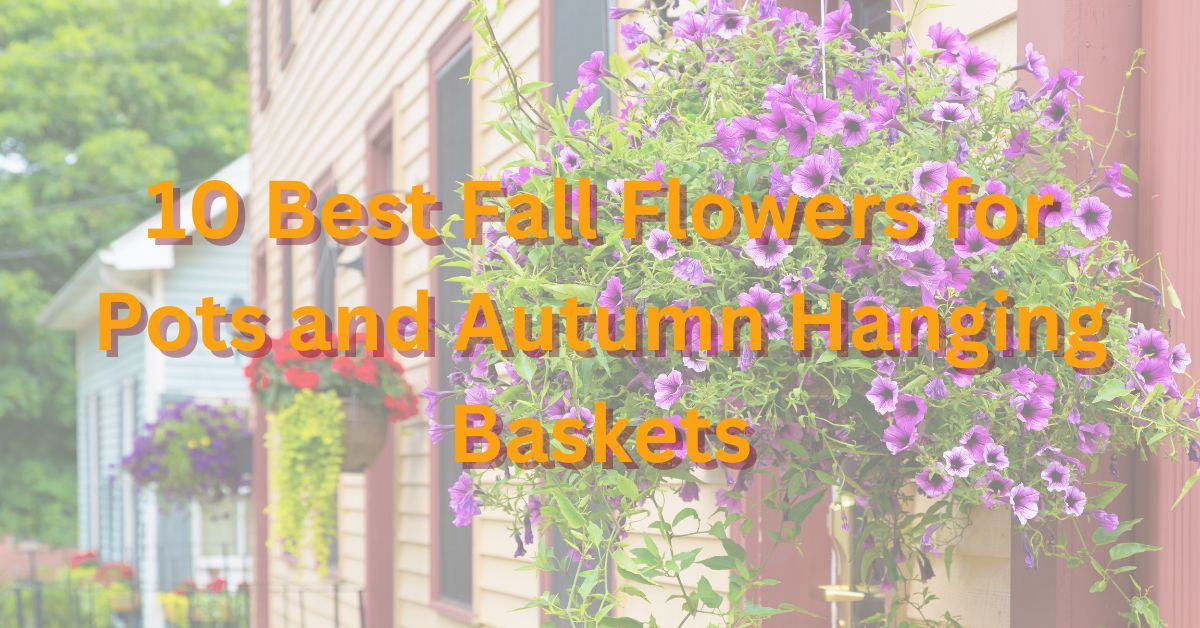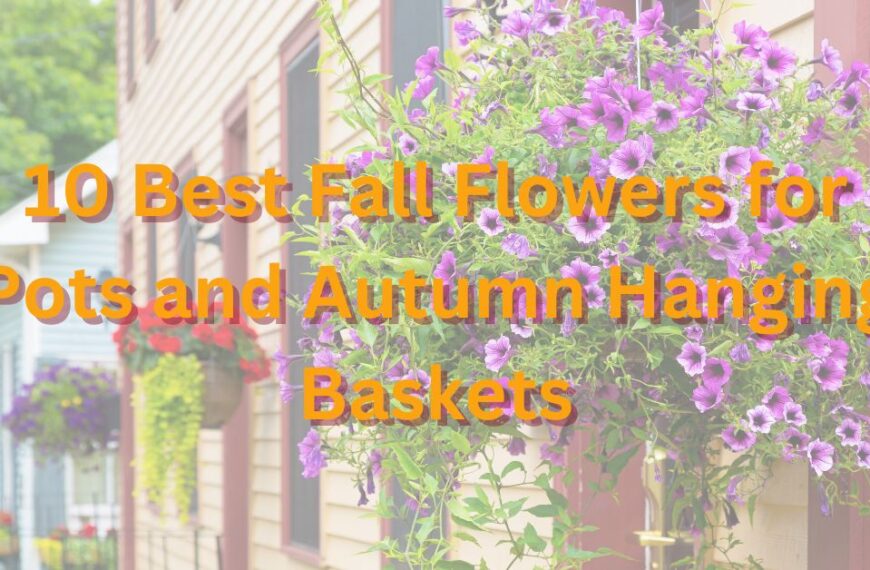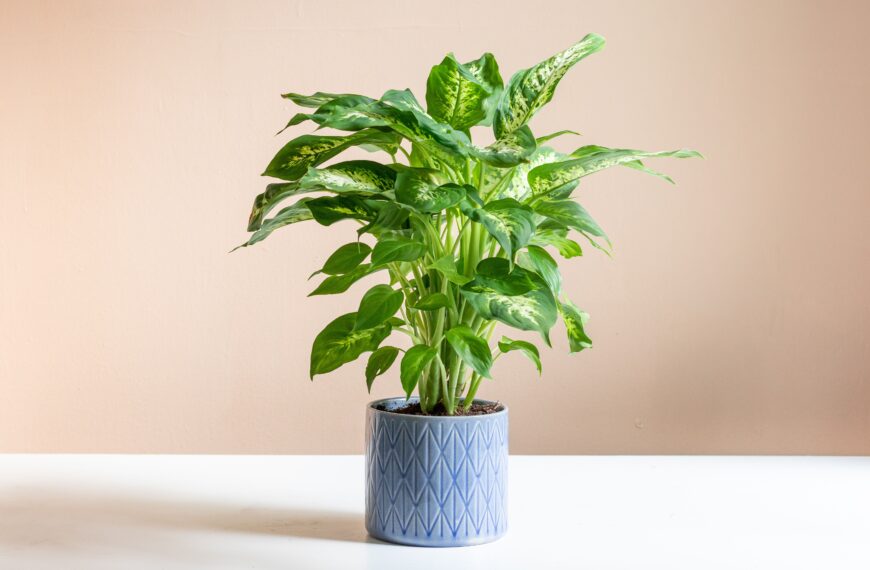Indoor gardening offers an incredible opportunity for plant enthusiasts to grow their favorite plants year-round, regardless of weather conditions or sunlight availability. With advancements in technology, artificial lighting has made it possible to simulate the natural conditions plants need to thrive. In this guide, we provide a detailed and comprehensive approach to successfully growing plants indoors under artificial light.
Understanding Plant Light Requirements
To grow plants indoors effectively, it’s crucial to understand their light requirements. Plants rely on light for photosynthesis, the process by which they convert light energy into food. Different types of plants require varying light intensities and spectrums to grow optimally.
Light Intensity and Duration
Light intensity refers to how bright the light is, and it plays a crucial role in plant growth. For instance:
- Low-light plants (e.g., ferns, snake plants) thrive in lower light intensity, typically around 100-200 foot-candles.
- Medium-light plants (e.g., philodendrons, dracaenas) need around 200-500 foot-candles.
- High-light plants (e.g., succulents, cacti) require at least 500-1000 foot-candles for optimal growth.
Light duration is also important. Most plants need 12-16 hours of light per day, followed by a period of darkness to mimic natural daylight cycles.
Light Spectrum
Plants respond to different light wavelengths:
- Blue light (400-500nm) promotes leafy growth and is essential during the vegetative stage.
- Red light (600-700nm) encourages flowering and fruiting.
- Full-spectrum light provides a balanced range of wavelengths to support all stages of plant growth.
Choosing the Right Type of Artificial Light
Several types of artificial light sources are available for indoor gardening, each with its advantages and disadvantages. Selecting the right one depends on your plant type, budget, and growing space.
Fluorescent Lights
Fluorescent lights, including T5 and T8 bulbs, are a popular choice for growing small to medium-sized plants. These lights are energy-efficient, produce low heat, and are available in a full spectrum. They are ideal for low- and medium-light plants such as herbs, leafy greens, and small flowering plants.
Advantages:
- Affordable and widely available.
- Low energy consumption.
- Suitable for most small indoor plants.
Disadvantages:
- Limited penetration for larger or more light-demanding plants.
LED Grow Lights
LED lights have become the go-to option for indoor growers due to their energy efficiency, long lifespan, and customizable light spectrums. LED grow lights can be adjusted to provide the exact light spectrum plants need, making them ideal for all stages of growth.
Advantages:
- Low energy use.
- Long-lasting and durable.
- Full-spectrum options for all growth phases.
Disadvantages:
- Higher upfront cost compared to other options.
High-Intensity Discharge (HID) Lights
HID lights, including Metal Halide (MH) and High-Pressure Sodium (HPS) lights, are powerful and commonly used for large-scale growing operations. MH lights emit blue light, ideal for vegetative growth, while HPS lights emit more red light, making them suitable for flowering.
Advantages:
- High light output and penetration.
- Suitable for large plants and high-light plants like fruit-bearing trees.
Disadvantages:
- High energy consumption and heat production.
- Requires ventilation and cooling systems.
Setting Up Your Indoor Grow Space
When setting up your indoor garden, consider the following factors to ensure your plants receive optimal lighting and growing conditions.
Distance Between Light and Plants
The distance between the light source and your plants affects light intensity. Keep the following guidelines in mind:
- For fluorescent lights, position the bulbs 6-12 inches from the plant canopy.
- LED grow lights should typically be 12-24 inches away, depending on their wattage.
- HID lights require a distance of at least 18-36 inches due to their higher heat output.
Reflective Surfaces
Maximize light exposure by using reflective surfaces such as Mylar or white walls around your grow space. This ensures that light reaches all parts of your plants, reducing the risk of uneven growth.
Ventilation and Humidity Control
Indoor growing spaces can quickly become hot and humid, especially when using high-intensity lighting. Installing fans or a ventilation system helps regulate temperature and humidity levels, preventing plant stress and promoting healthy growth.
Best Practices for Growing Plants Indoors with Artificial Light
To ensure the success of your indoor garden, follow these best practices for lighting, watering, and feeding your plants.
Adjusting the Light Schedule
Plants require different light schedules based on their growth stage:
- Seedlings and young plants: 16-18 hours of light per day.
- Vegetative stage: 14-16 hours of light per day.
- Flowering and fruiting plants: 12 hours of light per day.
Use a timer to automate your light schedule, ensuring consistency without manual intervention.
Watering and Fertilizing
Indoor plants often need less water than outdoor plants due to lower evaporation rates. Monitor the moisture level in the soil and water only when necessary to avoid overwatering, which can lead to root rot. Additionally, use a balanced fertilizer suitable for the plant type and growth stage.
Common Challenges and Solutions in Indoor Gardening
While growing plants indoors under artificial light is rewarding, there are common challenges that gardeners face. Here’s how to overcome them.
Light Burn
If your plants are receiving too much light, they may develop scorched leaves, known as light burn. To prevent this, maintain the recommended distance between the light source and the plants, and monitor for any signs of distress.
Leggy Growth
Plants that don’t receive enough light may become leggy, with long, thin stems and sparse leaves. To correct this, increase the light intensity or move the lights closer to the plants.
Mold and Mildew
High humidity and poor ventilation can lead to mold and mildew growth on your plants. Ensure proper air circulation, reduce humidity, and avoid overwatering to minimize these risks.
Suggested Light Setup for Beginners
| Plant Type | Light Type | Light Intensity (Foot-Candles) | Light Duration |
|---|---|---|---|
| Low-Light Plants | Fluorescent | 100-200 | 12-16 hours |
| Medium-Light Plants | LED Grow Light | 200-500 | 14-16 hours |
| High-Light Plants | HID or LED | 500-1000 | 16 hours |
This guide provides an in-depth look at the necessary steps and best practices for growing plants indoors using artificial light. By understanding the unique needs of your plants and providing them with the right light intensity, duration, and spectrum, you can create a thriving indoor garden that produces healthy and vibrant plants year-round.
